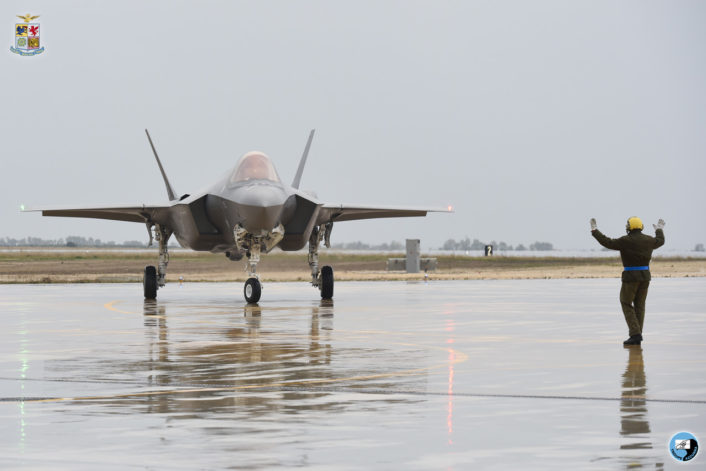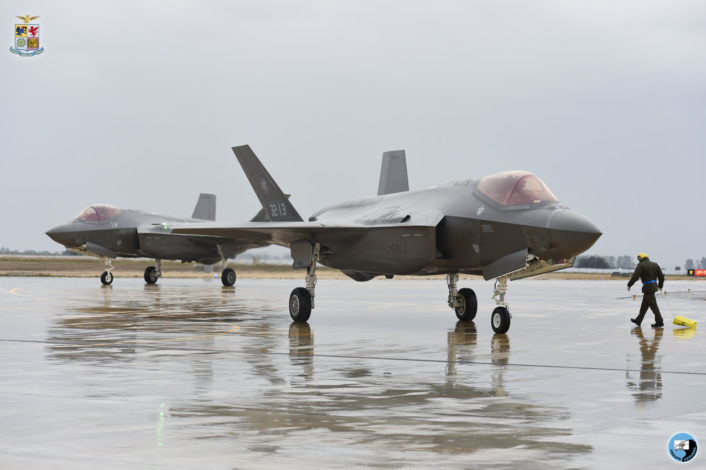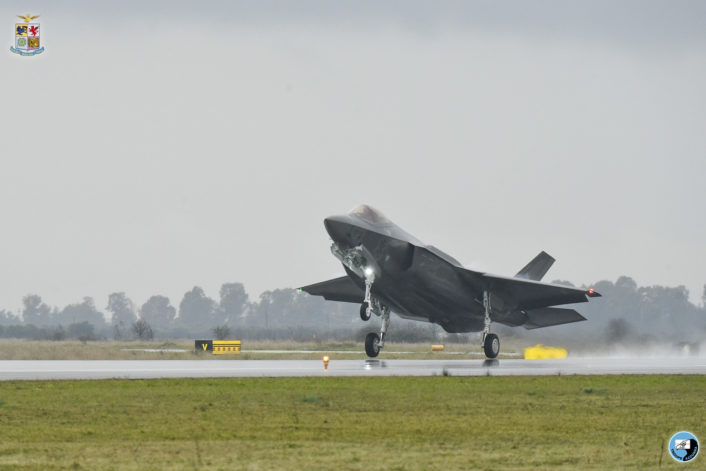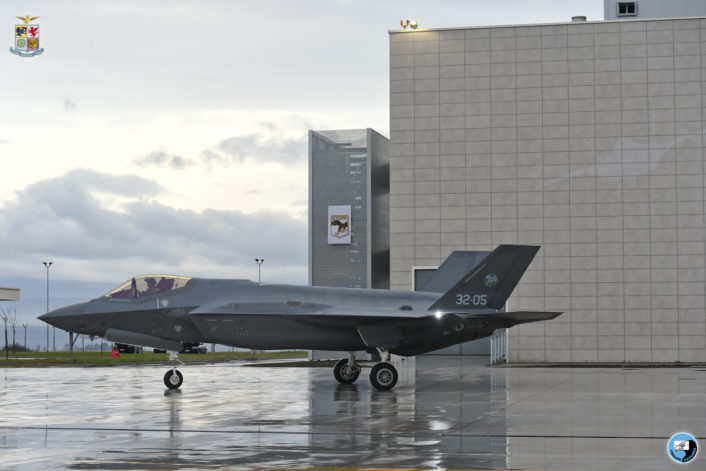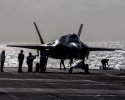The F-35 program is not “out of control” as President-elect Donald Trump famously tweeted this month, but more can still be done to tamp costs down, the head of the F-35 program office said Monday.
During a Dec. 19 briefing with reporters, Lt. Gen. Christopher Bogdan, the F-35 program executive officer, struck a conciliatory tone when asked about Trump’s recent comments about the F-35 joint strike fighter. Last week, the president-elect slammed the F-35’s high price tag, warning the Defense Department and industry alike that “billions of dollars can and will be saved” on military equipment when he steps into office.
Bogdan said Trump’s desire to root out waste and efficiency is commendable, but noted that the program has come a long way since 2011, when it hit a Nunn-McCurdy breach.
“I have no doubt that given the controversy on the F-35 program over the years, that there’s a perception that this program is out of control,” he said. “That’s in the past. So, if given the opportunity, I would like to try and explain to the new administration that this is a vastly different program from 2011 on. … I’ll just lay the facts out on the table, and I’ll let them make their own judgments.”
Trump and his transition team had not been briefed on the joint strike fighter program before he made his fateful tweet, which sent Lockheed Martin stock careening down to $245.70 before rebounding back to more than $250 a share. The team has since asked for a briefing, though nothing has been scheduled yet.
For the F-35 program, 2016 has been a year of highs and lows. A recently-announced contract for lot 9 secured the lowest unit prices yet — for the most part. The contract set a price of $102.1 million per A model and $131.6 million per B model, down from about $108 million and $134 million, respectively. However, a smaller Navy order for only two F-35Cs caused unit prices to rise by $3.2 million to $132.2 million per aircraft.
At the same time, Bogdan also acknowledged that the schedule for the development phase of the program could slip as much as seven months, with $532 million in additional funds needed for completion.
“I understand the new administration’s position on wanting to get the best value for every dollar that the Department of Defense spends,” he said. “The new administration, I believe, is putting everyone on notice. Not just industry, but the department on notice. What it wants is better value for its dollar, and that can happen from both sides of the aisle.”
Because the F-35’s highly technical and cutting-edge capabilities are seen as critical for ensuring the US military’s air dominance, Bogdan advised against changes in requirements that would degrade its performance.
“Are there other things we can do to reduce the cost of this airplane? Absolutely. Are we doing some of those now? Absolutely,” he said. For instance, in fiscal year 2018, the services plan to ask Congress for permission to buy parts in economic order quantities over multiple years. That, along with a block buy for international customers, is projected to save about $2 billion according to the RAND Corp.
He also said more competition could be injected into the program at a system or supplier level.
“If you’ve got a single-source supplier of a particular component of this airplane right now, and you’re not sure if that person can build you 3,000 airplanes worth of that, you might want to open up a second source,” he said. “Once you open up a second source, now you’ve got natural competition. We should explore some of that.”
Any incoming leader is going to ask questions about costs, said Air Force Secretary Deborah Lee James at an earlier event at the Atlantic Council on Monday. Once Trump is briefed on the program, he will understand the complexity of programs like the F-35 and realize it is not necessarily easy to reduce the price of the jets.
But he should still make the effort, she added.
“Can the costs be driven down more? Perhaps. I know certainly the current leadership, the JPO [F-35 joint program office] itself, they’re focused on this each and every day. I know that industry has made concessions to try to bring down the price,” she said. “Can more of this be accomplished? I would say, probably yes, and the pressure should remain on.”
While Bogdan and James were amenable to suggestions that the government has more work to do on lowering the cost of the F-35 program, they bristled against Trump’s criticisms of the “revolving door” between industry and the Defense Department, which prompted the president-elect to pitch a lifetime ban on Pentagon contracting officials from ever being employed by a defense contractor.
“I have not seen ethical issues as a source for the problems on this program,” said Bogdan, who is forbidden by law for ever working on the joint strike fighter program for Lockheed or F-35 engine manufacturer Pratt & Whitney, although he could be employed by the companies in another capacity. “The problems on this program quite frankly in the past were very simple. We were overly optimistic in the technical risk of building this leading-edge fighter, and so we put unrealistic schedules and budgets together, and then when we ran into problems we did not manage them well.”
James said the restrictions on senior defense officials — which required the former SAIC employee to divest stock — are sometimes stronger than those imposed on the president.
Trump himself has been criticized for not maintaining a stronger firewall between his business affairs and emerging duties as president-elect.


